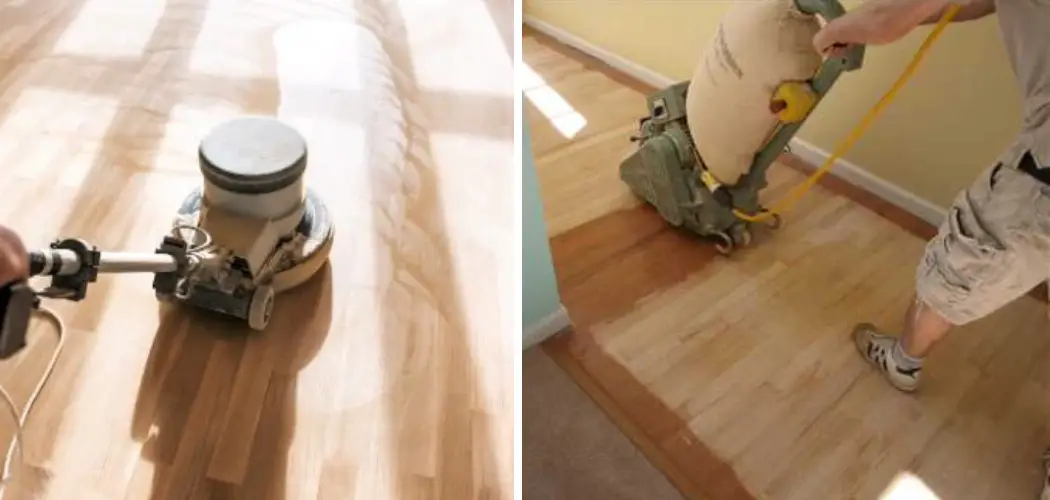Have you ever noticed how worn and outdated your engineered wood floors look? If so, it may be time to give them a face-lift. Refinishing engineered wood floors can add value, beauty, and durability to the home by updating faded areas that drain its natural appeal. Today we’ll explore the advantages of refinishing as well as some tips on how to refinish engineered wood floors. So get ready to breathe new life into your old flooring!
If you’re looking to freshen up your engineered wood floors and want a cost-effective way to rejuvenate them, refinishing is the perfect choice. Refinishing an engineered wood floor can be done at home with some simple techniques and the right supplies—allowing you to quickly and easily restore your floors’ original beauty without having to completely replace them.
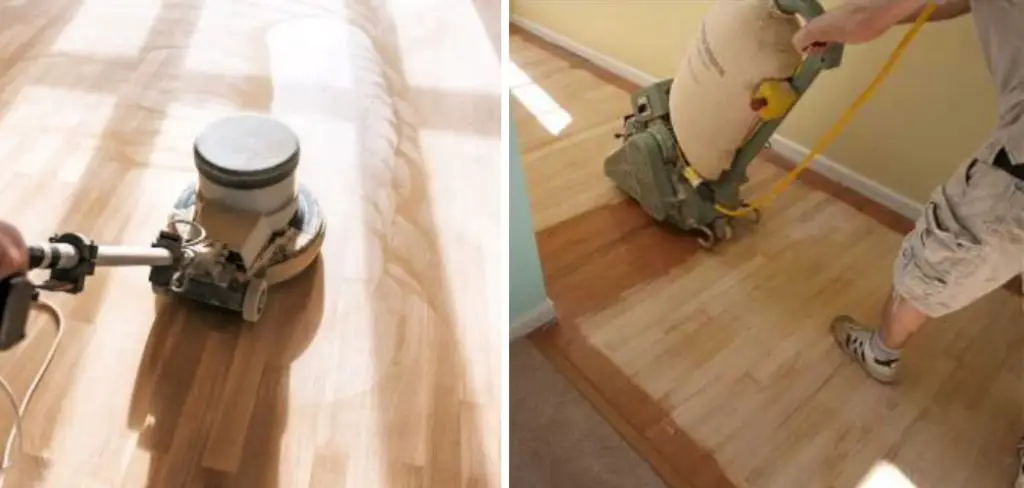
In this post, we will walk you through all of the steps necessary for a successful refinish of your engineered wood flooring, as well as provide tips on how best to care for it after the process has been completed.
Why May You Want to Refinish Engineered Wood Floors?
1. To Extend the Life of the Flooring
One of the primary reasons people choose to refinish engineered wood floors is that it can extend the life of the flooring. Over time, a finish will wear down due to foot traffic and other daily activities, leaving your floors looking dull, scuffed, or scratched. Refinishing helps restore the original luster of the flooring and protects it from future damage.
2. To Improve the Appearance of Your Home
In addition to extending the life of your flooring, refinishing engineered wood floors can also improve the appearance of your home. A fresh layer of finish will make the floor look like new and enhance any décor in your space. Refinishing is an inexpensive way to give your home a quick makeover.
3. To Change the Color of Your Floors
If you’ve grown tired of your current floor color, refinishing engineered wood floors is a great way to change things up without having to replace the entire flooring. During the refinishing process, you can opt for a new stain color that better fits your style and decor.
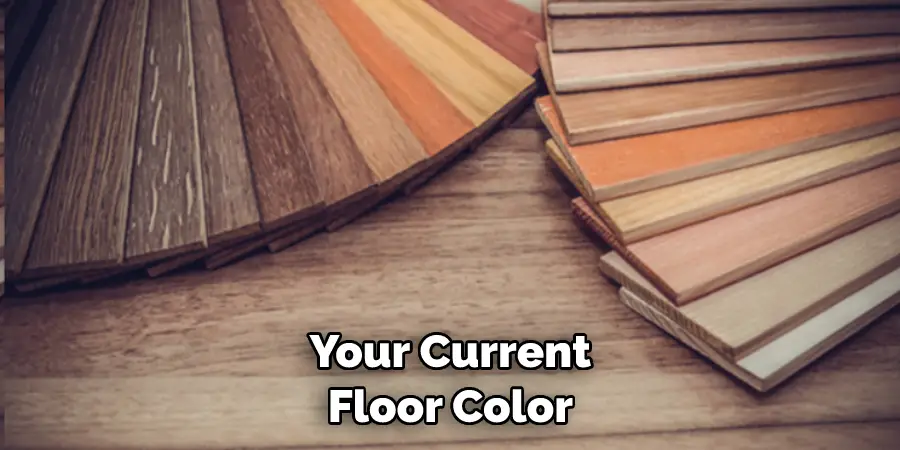
Refinishing engineered wood floors is a great way to improve the look of your home and extend the life of your floors. With a few simple steps, you can restore the appearance of your flooring and enjoy its beauty for years to come. Follow these basic steps to get started on your project.
How to Refinish Engineered Wood Floors in 5 Easy Steps
Step 1: Gather All The Materials You Need
The very first step is to make sure you have all the materials you need for this project. You’ll need a strong vacuum cleaner, floor sander, drum sander (or orbital sander), edger sander, wood filler, wood putty, sandpaper, and polyurethane to finish off your floors.
Step 2: Clear The Room
Next, it’s time to clear the room of any furniture or debris that might obstruct your work. This will make sure no one trips on anything while you’re sanding and refinishing. Also you have to make sure there is enough ventilation during this process.
Step 3: Sand The Floor
Once the room has been cleared, it’s time to begin sanding the floor. Begin with a coarse grain of sandpaper and slowly work your way up to finer grains. This will help smooth out any bumps or grooves in the wood and prepare it for the next step. Be sure to wear protective goggles and a dust mask while doing this step.
Step 4: Fill In Any Holes
Using a wood filler or wood putty, you’ll want to fill in any holes that may have been caused by furniture legs or other objects over time. This will help level out the floor and give it a more finished look.
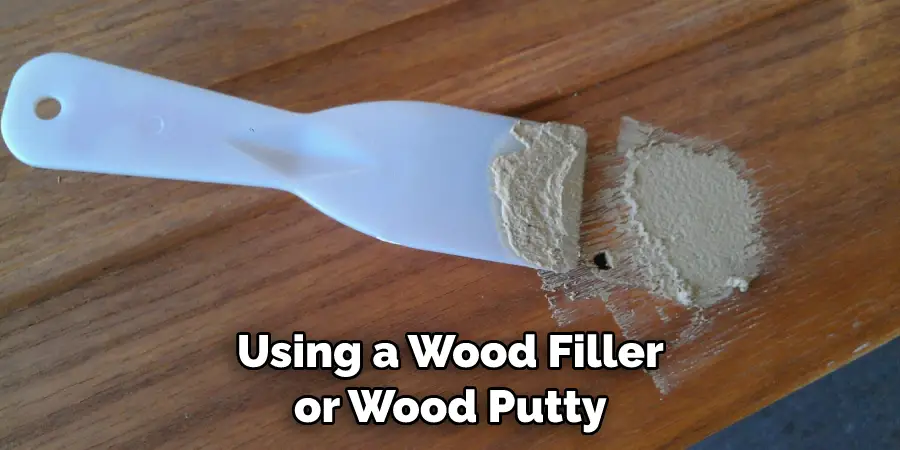
Step 5: Apply Polyurethane
The last step is to apply a few coats of polyurethane. This will add a protective layer to your floors that will help them last longer and resist any scratches or dents. Make sure to let the floor dry completely between each coat, and then you’ll be ready to enjoy your new and improved engineered wood floors.
With these simple steps, you can easily and affordably refinish your engineered wood floors in no time at all! Good luck!
Some Extra Tips to Refinish Engineered Wood Floors
1. Do Not Over-Sand
It is essential to not over-sand engineered wood floors. As they are much softer than traditional hardwood, the top layers can be easily worn down if too much pressure is applied during sanding. Make sure that you use a light hand when sanding and keep the sander moving in a slow, consistent pattern.
2. Use the Right Grit
For sanding engineered wood floors, it is important to use the correct grit of sandpaper. Start with a coarse grit (60-80) and work your way up to finer grits (150-220). This will help to ensure that you get a smooth finish on your newly refinished floors.
3. Seal the Floors
Once you have sanded down the floors, it is essential to seal them with a polyurethane or wax finish. This will protect the engineered wood from water and dirt damage and keep it looking its best for years to come. Be sure to read the manufacturer’s instructions carefully before applying any type of sealant to your floors.
4. Clean Regularly
Finally, it is important to clean your refinished engineered wood floors on a regular basis. This will help to keep them looking their best and prevent dirt and grime from building up over time. A damp mop or cloth should do the trick, but be sure not to use too much liquid as this could damage the wood.
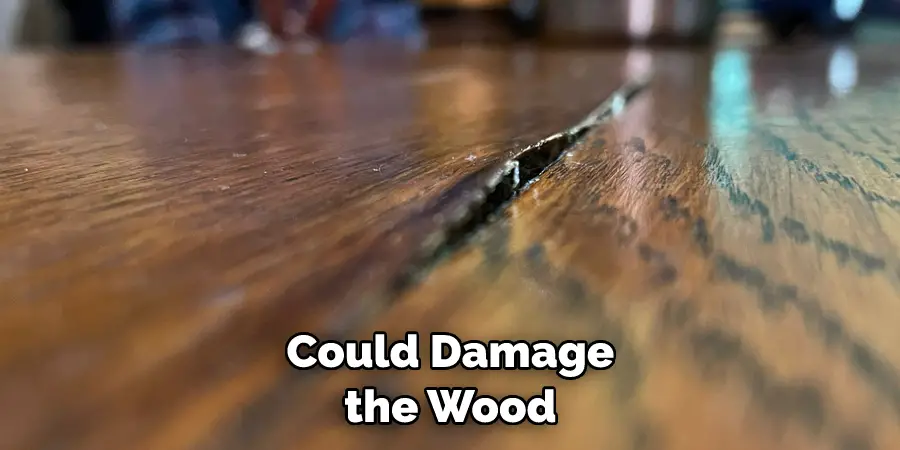
By following these tips, you can refinish your engineered wood floors and give them a new lease on life! With proper care and maintenance, they will look as good as new for many years to come. So don’t wait any longer – get started today!
Frequently Asked Questions ?
What Precautions Should I Take When Refinishing Engineered Wood Floors?
When refinishing engineered wood floors, it is important to take several precautions. First of all, you should always wear protective gear when sanding the floors. This means wearing safety glasses and a dust mask at a minimum.
You should also make sure that the area being worked in is well ventilated, and that you use a vacuum cleaner to remove all dust particles from the floor. Finally, make sure that you are using the right type of sandpaper grit for your floors – usually between 40-80 grit is recommended for engineered wood.
What Is The Refinishing Process For Engineered Wood Floors?
The refinishing process for engineered wood floors consists of several steps. First, you will need to sand the floor down with an orbital sander and appropriate grit of sandpaper. Next, you should apply a primer to the entire floor surface. This will help the stain stick better during the staining process.
After this is complete, you can now proceed with staining the floor. Make sure to use a brush or roller for even coverage. Finally, apply several coats of polyurethane finish, which will protect your floors from wear and tear. Give the floor plenty of time to dry between each coat, and buff it with a soft cloth when done.
What Are The Benefits Of Refinishing Engineered Wood Floors?
Refinishing engineered wood floors has many great benefits. First, it will help bring out the beauty of your floor and make it look like new again. It also helps to protect the floor from wear and tear, as well as making it easier to clean. Additionally, refinishing can extend the life of your floors by several years, so it is a worthwhile investment. Finally, refinishing can add value to your home if done correctly.
Are There Any Drawbacks To Refinishing Engineered Wood Floors?
The main drawback to refinishing engineered wood floors is the time and effort involved in the process. In addition, you should also be aware that some engineered wood floors may not be able to be refinished, depending on the type of flooring you have.
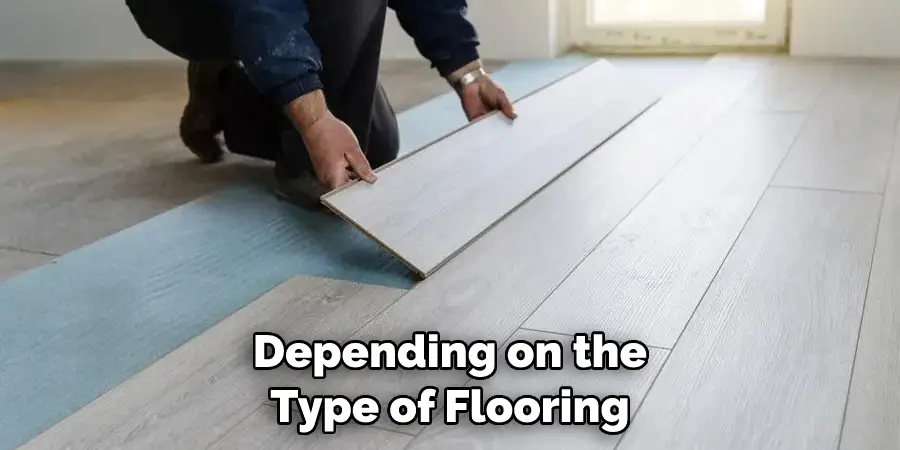
You should always consult a professional if you are unsure whether your floor can handle the process. Finally, refinishing can be expensive, so it is important to weigh the costs versus the benefits before deciding to move forward with the project.
Conclusion
Whether you have unfinished engineered wood floors or are wanting to change up your existing flooring, refinishing engineered wood floors is a great option. By following the steps we discussed in this blog post, you can easily refinish your floors with the results you are looking for.
If done correctly, your floors will be fresh and updated in no time! Before taking on any project in your home, it’s important to make sure that you’ve done all of your research so that you can understand best practices when it comes to the material and tools that you use.
Refinishing engineered wood floors requires patience and care, but with these tips in mind, you should be well on your way toward creating beautiful and long-lasting floors. Now that you know how to refinish engineered wood floors and what is necessary to effectively refinish your engineered wood floors, go ahead and get busy giving your home a facelift!

